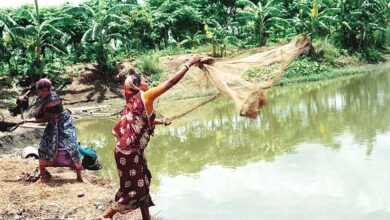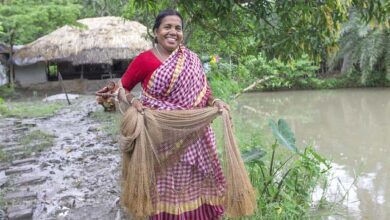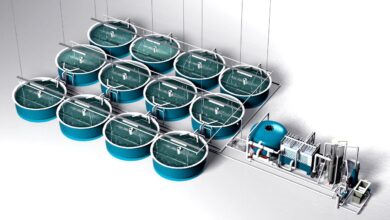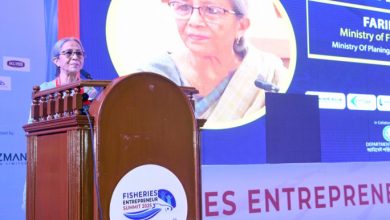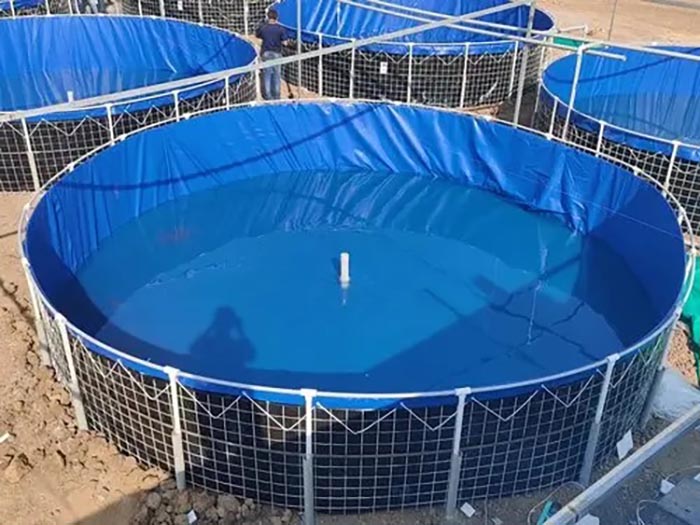
Nowadays, fish or shrimp are grown using a technique called biofloc which is eco friendly. Farmers are fond of this specialized aquaculture method because it is cost-effective. Who doesn’t love saving money? Especially when one can save money on fish food waste. Yes, you read it right! Biofloc is a fish farming system that uses leftover nutrients as fish food while maintaining the water quality.
Microbial protein can be created from harmful fish waste and other organic debris in the water. Biofloc, or more particularly, cultivated microbes, are added to the water for doing this process. This lowers the costs and keeping the water quality well.
One can use this biofloc system to improve the use of water resources while addressing the issues of water pollution. A group of heterotrophic bacteria work to recycle the nutrients found in the water. Through this technique you can now minimize, or completely stop, the interchange of water during aquaculture. Using the products produced by microbial metabolism, you can provide feed to fish and decline the feed cost. BFT (biofloc technology) is typically operated in a closed system configuration with little water and nutrient discharge. You don’t require any sophisticated filters.
Regulating water quality is very crucial in a biofloc culture system, one should always keep an eye on it. Fish raised in biofloc are extremely sensitive to changes in variables including toxic substances, pH, temperature, oxygen, and ammonia. If you want to produce the best quality fish, the water quality should be consistently examined and managed. The goal of managing water quality is to give cultured organisms a pleasant environment and satisfy all of their needs.
Ideal value of water quality parameter:
The proper growth of the production cycle depends on an understanding of the water quality factors and how they interact in BFT. For instance, safe parameters for pH, DO, solids, alkalinity, and total ammonia nitrogen (TAN) will promote healthy growth and prevent fatalities. You have to maintain a proper ratio for obtaining good results.
- When the water is between 28°c and 30°c, the biofloc system operates more effectively. Nitrifying bacteria can tolerate temperatures 28°c – 30°c. Their productivity drops by 50% at 16 °c and by 80% at 10 °c.
- You have to keep pH between 6.5 and 9.0. Fish can experience stress in water with pH values between 4.0 to 6.5 and 9.0 to 11.0. At pH levels below 5.0, fish growth is constrained, reproduction stops, and fry can perish. Fish can die in less than 4.0 or more than 11.0 pH. The pH of the water at BFT changes throughout the day. pH often peaks after sunset and dips around dawn.
- Night time respiration raises carbon dioxide levels, which react with water to produce carbonic acid and lower pH. This may reduce the amount of oxygen that fish blood can carry. You should maintain dissolved oxygen at 7-8 ppm that will ensure the system to operate properly.
- Less than 1.5 ppm of ammonia is the acceptable value in biofloc culture.
- One should maintain the typical range 500 to 600 ppm for excellent quality water. If the values increase above 1200 ppm are frequently regarded as an unacceptable level of TDS.
Effects of fluctuating the parameter:
Fluctuation of water quality parameters can be harmful for your biofloc fish culture system. When the temperature goes too low, to roughly 8°C or lower, floc deflocculated as well. Lower temperature increases the ammonia levels and decreases dissolved oxygen. It results in a large number of fish deaths for which you can face a huge loss. Temperature fluctuations also induce a sudden rise in nitrite levels in the fish tank. If the water’s TDS is below the acceptable level, fish of your culture tank can be perished.
The harvests of your cultured fish become more intense as a result of the biofloc in the ponds. It also helps you to increase the populations of the cultured organisms without taking up more area. This technology is very promising to meet the demands of protein intake for more mouths in coming future.
Farhana Islam
Agriculturist, Researcher

